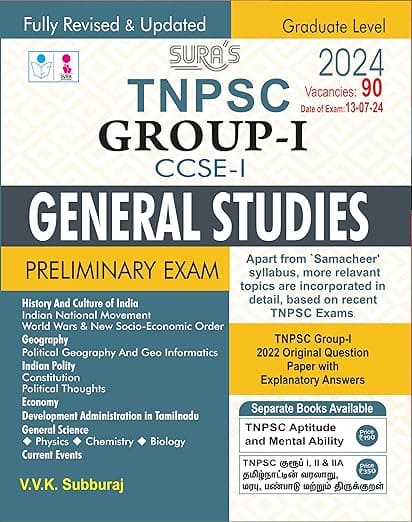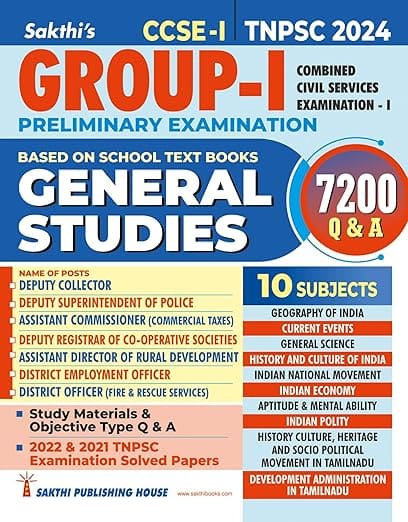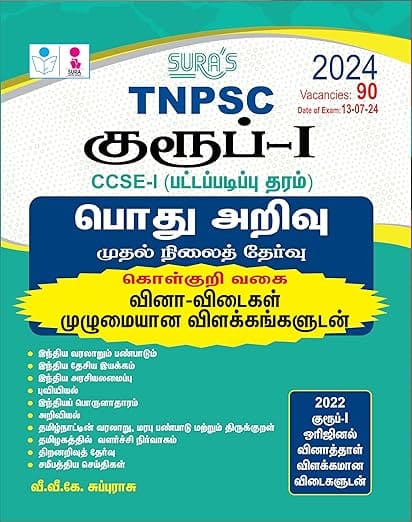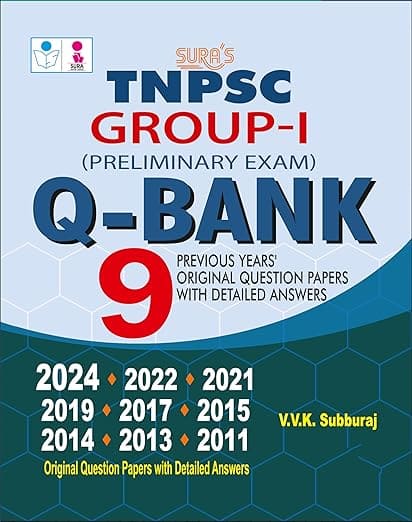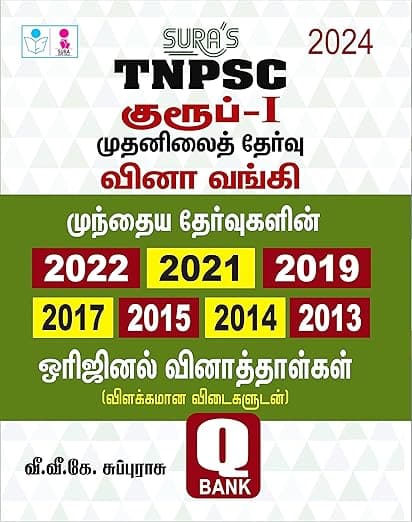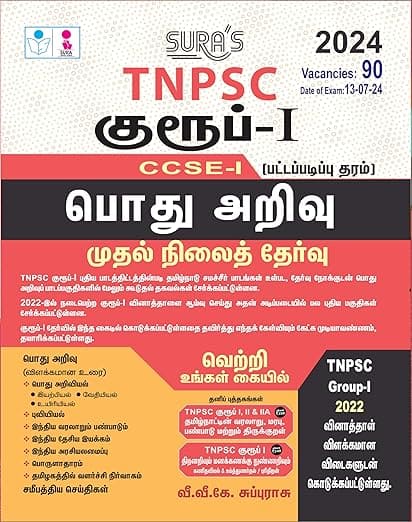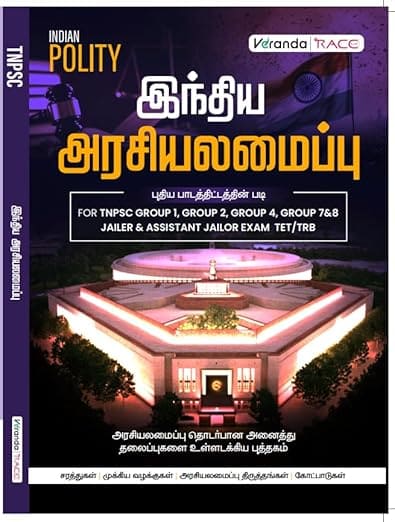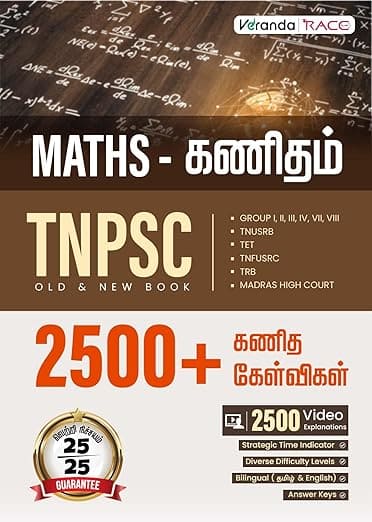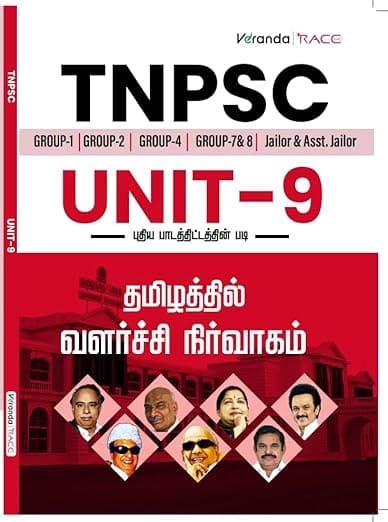Azhwars and Nayanmars
Azhwars
- Azhwars composed moving hymns addressed to Vishnu.
- They were compiled in the Nalayira Divviyaprabandham by Nadamuni, at the end of the ninth century.
- Nadamuni who served as a priest at the Ranganatha temple in Srirangam is credited with compiling this work comprising four thousand poems.
- Periyalvar lived in Srivilliputtur during the reign of Pandyan king Srimara Srivallabha in the ninth century.
- The themes are mostly Krishna’s childhood.
- Krishna is the hero in Andal’s hymns.
- Her songs convey her abiding love for Krishna.
- Nammalvar, from Kurugur (Alvar Tirunagari), now in Thoothukudi district, is considered the greatest amongst Alvars.
- Nammalvar authored four works that include the Tiruvaymoli.
- Vaishnava devotees believe that his hymns distil the essence of the four Vedas.
- From the twelfth century, the Vaishnava hymns were the subject of elaborate and erudite commentaries.
Nayanmars
- The prominent Saiva poets include Tirunavukarasar (Appar), Tirugnanasambandar and Sundarar, and Manikkavasagar.
- Nambi Andar Nambi compiled their hymns into an anthology of eleven books, towards the end of tenth century.
- The first seven books, commonly known as Thevaram, contain the hymns of Sambandar (I to III), Appar (books IV to VI) and Sundarar (book VII) and Manikkavasagar (book VIII).
- Sekkilar’s Periyapuranam is the twelfth thirumurai of the Saiva canon.
- It is a hagiography of the sixty-three Nayanmars but contains an undercurrent of historical information as well.
- This collection of 12 books is named Panniru Tirumurai.
- The Periyapuranam relates many stories about Nayanmars and the miraculous episodes in their lives.
Impact
- The devotional movement manifested itself as a great social transformation.
- The apogee of its movement was the coming up of temples that became prominent in the Tamil landscape.
- Temples, in later Chola times, became great social institutions.
- Politically, the Bhakti movement prompted the rulers to establish the settlements for the invited Brahmin groups from the north of the Indian sub-continent.
- Royal members, local administrative bodies and individuals initiated the calendrical celebrations and festivals to be conducted in the temples for which they started making endowments to meet their expenditure.
- It directly speeded up the emergence of state in Tamil country and indirectly integrated the different social groups into the religious fold through the instrumentality of temple institutions.
- Over the centuries the Bhakti movement spread all over India, and resulted in a transformation of Hinduism.

